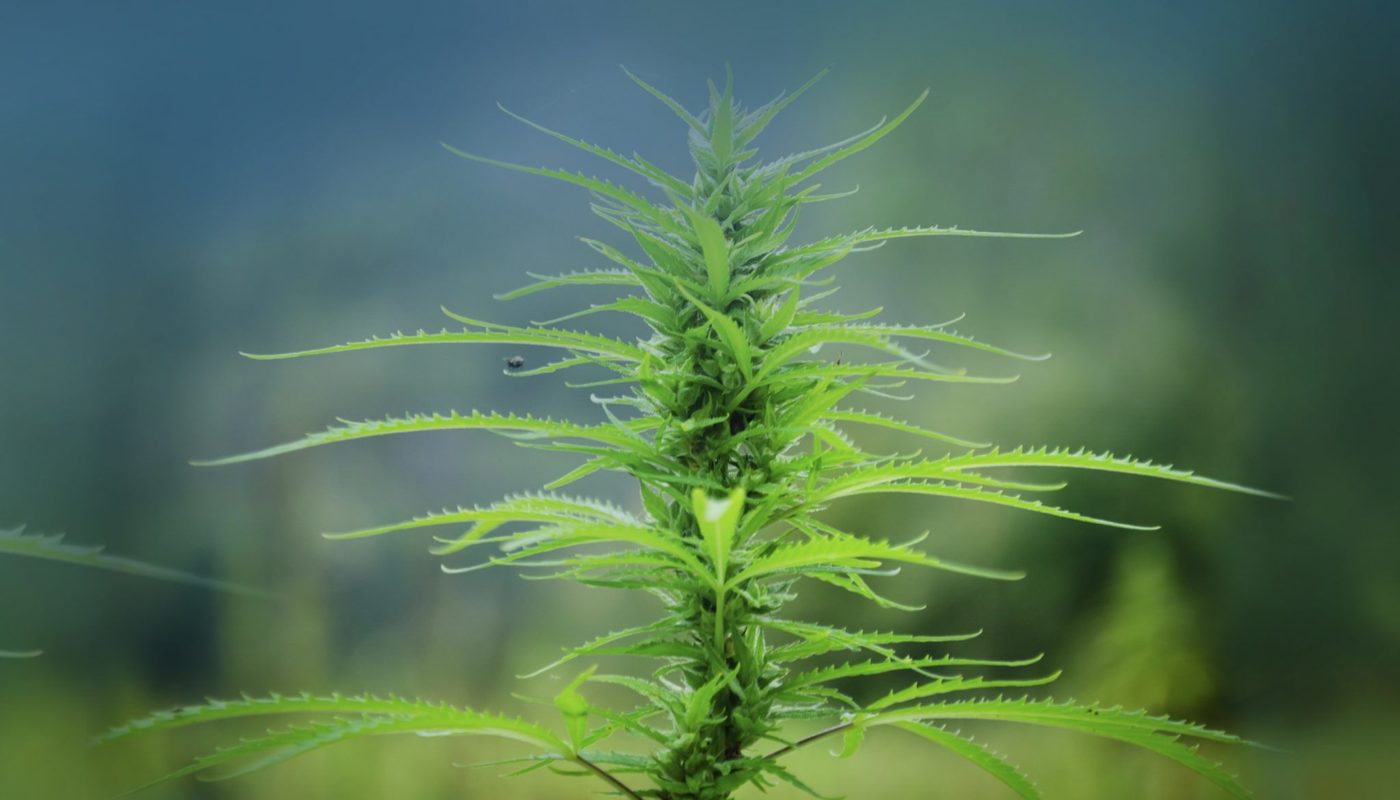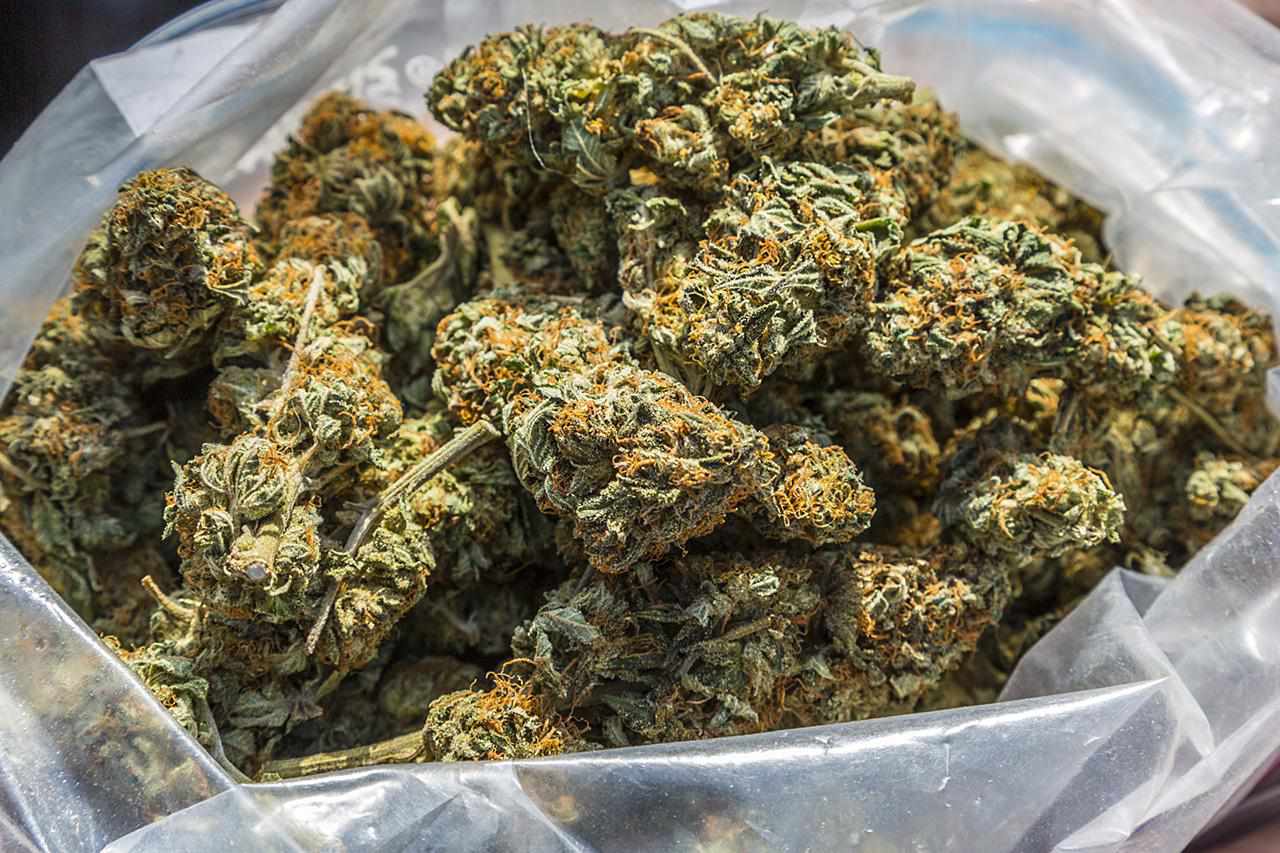
Within the chasm dividing supporters of marijuana legalization from prohibitionists, lies an issue that most people seem to agree upon: detecting cannabis-induced impairment in drivers is complicated.
While techniques exist to measure cannabis levels in a person’s system exist, translating those numbers into an estimation of their relative effect on motor skills is still a challenge.
In the case of booze, if drivers’ blood alcohol content (BAC) is 0.08 percent or higher, the National Highway Traffic Safety Administration (NHTSA) deems that they’re too intoxicated to drive. The standard was adopted by Congress in 2000 and is generally accepted among law enforcement personnel, although on several occasions the National Transportation Safety Board (NTSB) has floated a request to lower the BAC even more, ruffling feathers in the alcohol industry.
In a report to Congress in July 2017, the NHTSA acknowledged gray areas when it comes to testing and interpreting THC levels and whether a driver is too stoned to be behind the wheel. Further complicating the matter is that cannabis can stay in a person’s system for days or weeks, according to the Centers for Disease Control and Prevention (CDC).
Meanwhile, scientists, pharmacologists, and inventors are racing to develop devices to measure if — and to what extent — cannabis impairment can be determined.
In January 2019, the Reason Foundation, a libertarian think tank founded in 1978, published a study intended to guide policymakers to protect public safety without penalizing legal cannabis users who are not high when they drive a vehicle.
Because cannabis-related body fluid levels do not parallel impairment, the authors maintain that it is “not fair or accurate to gauge impairment like alcohol.”
The study, titled “It’s High Time: A Common Sense Approach To Marijuana-Impaired Driving,” is co-authored by Teri Moore and Adrian Moore, Ph.D.
“In terms of measuring being stoned, police officers don’t really care if you’re high. What they care about is whether you’re impaired,” said Adrian Moore, vice president of policy at the Reason Foundation. Moore is also a national transportation expert and consultant.
“We can measure whether there is THC in your system, but that’s not well correlated at all with being impaired,” said Moore.
Moore said examining THC levels in nanograms per milliliter is not a scientifically acceptable option. A novice could be impaired by THC with three nanograms per milliliter in their system, while a seasoned consumer could have up to 15 nanograms and still be fine. A nanogram is one-billionth of a gram.
Addressing Impaired Driving
The authors of the Reason Foundation’s 45-page report offered five recommendations to address the issue of measuring cannabis impairment:
- Avoid per se standards and conduct THC detection screenings rather than assessing blood plasma levels, which don’t correlate to impairment.
- Mandate evidence of impairment as the main criterion for arrest.
- Train law enforcement members to become Drug Recognition Experts (DRE) and to utilize dashboard cameras and body cameras for more accurate assessment of drivers.
- Alleviate the backlogs in toxicology laboratories
- Deschedule cannabis federally to encourage research.
“Drug recognition expert officers are in the best position to decide whether or not the driver is actively impaired by THC,” wrote co-author Teri Moore in a 2018 policy brief. “Studies find that DRE evaluations can most accurately determine whether marijuana is psychoactive in impaired drivers.” Moore, a policy analyst at the Reason Foundation, is a former narcotics officer and DRE instructor.
On several of these points, Mothers Against Drunk Driving (MADD) agrees.
“Federal restriction of cannabis is limiting the ability to look at the problem and fully understand how to deal with it as a public health issue,” said J.T. Griffin, MADD’s chief government affairs officer.
“Congress needs to look at ways to undertake relevant research and form good sound public policy,” said Griffin. He criticized current reliance on standardized field sobriety testing, which cannot measure cannabis impairment.
The American Automobile Association (AAA), which opposes the legalization of recreational cannabis due to traffic safety concerns, recently launched a DRE courtroom training program intended to help sharpen the presentation skills of experts and prosecutors and strengthen their courtroom arguments related to impaired-driving cases. Another new AAA program focuses on educating teenage drivers.
“More citations are given to teen drivers for drugs than alcohol,” Diana Imondi, traffic safety programs manager for AAA Northeast, wrote in the organization’s website.
Medical Marijuana is Not Exempt
Erin Bonar, Ph.D. is a clinical psychologist and the lead author of a study undertaken by the University of Michigan Addiction Center and published in the journal Drug & Alcohol Dependence titled “Driving under the influence of cannabis among medical cannabis patients with chronic pain.”
The study surveyed 790 Michigan adults who used medical cannabis for chronic pain in 2014 and 2015. More than half of the participants said they had driven under the influence of cannabis within two hours of using it; 51 percent said they drove while a “little high” and 21 percent reported driving while “very high.”
“The safest plan is not to drive on the day you use medical marijuana. Your reaction time and coordination is most likely slowed down,” said Bonar. “There is clearly a need for more research in the field to better prepare individuals who use cannabis to make safe decisions about driving and to better inform law enforcement and policy initiatives.”















